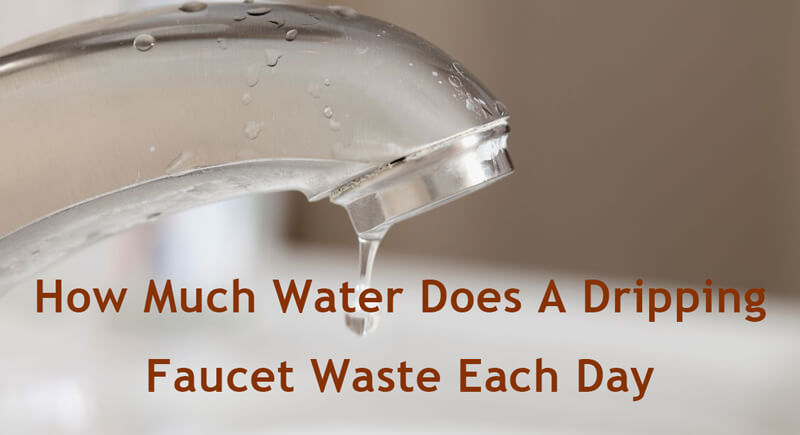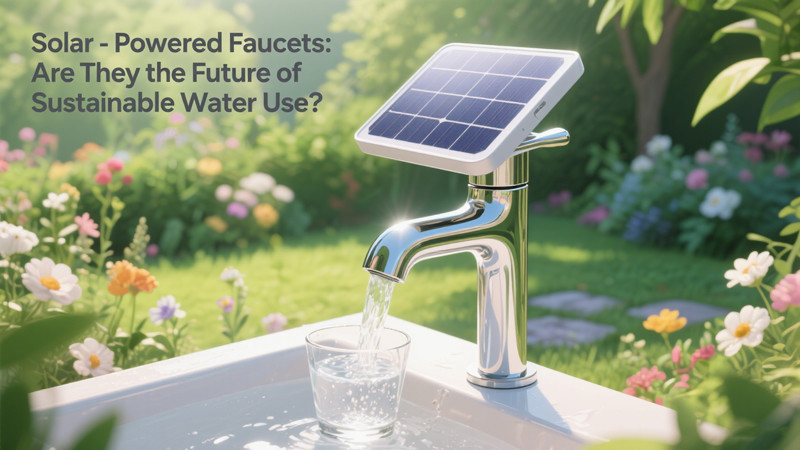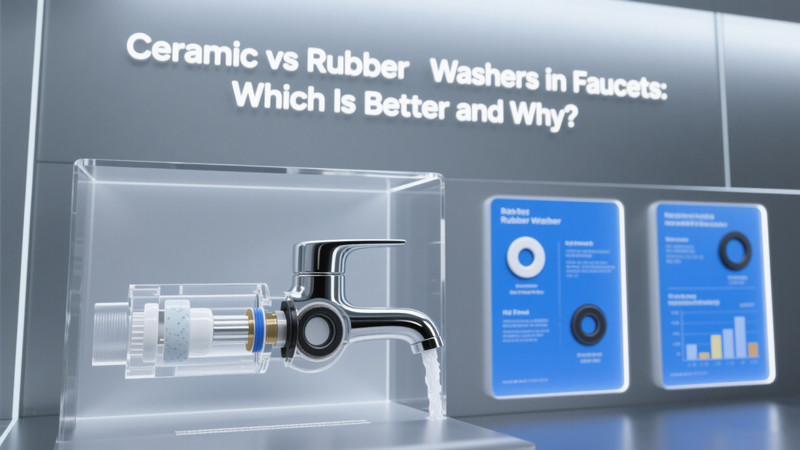
Water is a precious resource that sustains life on our planet. It is essential for everything from drinking to agriculture, and its conservation is a global concern. One common but often overlooked source of water wastage is a dripping faucet. While it may seem insignificant at first glance, the cumulative effect of a dripping faucet can be surprisingly substantial. How much water does a dripping faucet waste? In this post, we will delve into the mathematics and environmental impact of a dripping faucet, exploring just how much water is wasted each day when you ignore that persistent, rhythmic drip.
The Anatomy of a Dripping Faucet
Before we can calculate the daily water wastage of a dripping faucet, let’s understand the basic components of a typical faucet. Most faucets consist of a spout, a handle, and a mechanism that controls the flow of water. The water flow is regulated by a valve, which is typically opened or closed by turning the handle. When the valve is partially open or not sealing properly, water can escape through the opening, leading to a drip.
The Drip Rate
The key to quantifying water wastage from a dripping faucet is determining the drip rate—the number of drips that occur per minute. A common estimate for a slow drip is one drop per second, but this can vary depending on the severity of the leak. To be conservative, we’ll use one drop per second as our baseline.
Calculating Daily Wastage
Now that we have the drip rate, we can calculate how much water is wasted each day. To do this, we’ll need to convert drops into gallons, as most water bills are measured in gallons or cubic feet. Here’s how we can make that conversion:
- There are approximately 15,140 drops in a gallon of water.
- If a faucet is dripping one drop per second, it’s dripping 60 drops per minute (1 drop/second x 60 seconds/minute).
- In an hour, it would drip 3,600 drops (60 drops/minute x 60 minutes/hour).
- In a day, it would drip 86,400 drops (3,600 drops/hour x 24 hours/day).
Now, let’s convert these drops into gallons:
86,400 drops ÷ 15,140 drops/gallon ≈ 5.71 gallons
So, a faucet dripping at a rate of one drop per second would waste approximately 5.71 gallons of water per day. Keep in mind that this is a conservative estimate, and a faster drip rate would result in even more water wastage.
The Environmental Impact

Understanding the mathematics behind a dripping faucet’s water wastage is essential, but it’s equally important to grasp the environmental consequences of this seemingly minor issue. When multiplied by the number of households and buildings with dripping faucets, the collective impact becomes significant.
- Resource Depletion: Dripping faucets contribute to the depletion of freshwater resources. In regions with water scarcity issues, this can exacerbate an already critical problem.
- Energy Consumption: Treating and delivering water to homes consumes energy. When water is wasted due to dripping faucets, it also means unnecessary energy consumption, which in turn contributes to greenhouse gas emissions.
- Financial Costs: On an individual level, a dripping faucet can lead to higher water bills. Collectively, it places additional financial burdens on households and municipalities responsible for water supply and treatment.
- Infrastructure Strain: Conserving water is not just about preventing waste; it’s also about reducing the strain on water infrastructure. Repairing and maintaining pipes and water treatment facilities is costly, and reducing water waste can extend the lifespan of these systems.
Practical Solutions
Now that we understand the extent of water wastage caused by dripping faucets, let’s explore some practical solutions:
- Fix the Leak: The most effective way to eliminate water wastage from a dripping faucet is to repair it promptly. For minor leaks, you may be able to fix it yourself with a new washer or seal. For more complex issues, consider hiring a plumber.
- Install Low-Flow Faucets: Consider replacing older faucets with low-flow models. These faucets are designed to reduce water consumption without compromising performance.
- Raise Awareness: Educate your family members or roommates about the importance of fixing dripping faucets. Sometimes, people may not realize the impact of their actions.
- Regular Maintenance: Periodically check your faucets for leaks. Even a slow drip can lead to significant water wastage over time.
Conclusion: How Much Water Does A Dripping Faucet Waste Each Day

In conclusion, the amount of water wasted by a dripping faucet may seem insignificant on a daily basis, but when you look at the bigger picture, the cumulative impact is substantial. To put it in perspective, a faucet dripping one drop per second can waste nearly 6 gallons of water each day. This not only has financial implications for households but also has far-reaching environmental consequences, including resource depletion, energy consumption, and infrastructure strain.
By taking proactive steps to repair leaking faucets and raising awareness about water conservation, we can make a meaningful difference in preserving this precious resource. Remember, every drop counts, and collectively, our efforts can contribute to a more sustainable future for our planet.
 WOWOW Faucets
WOWOW Faucets



